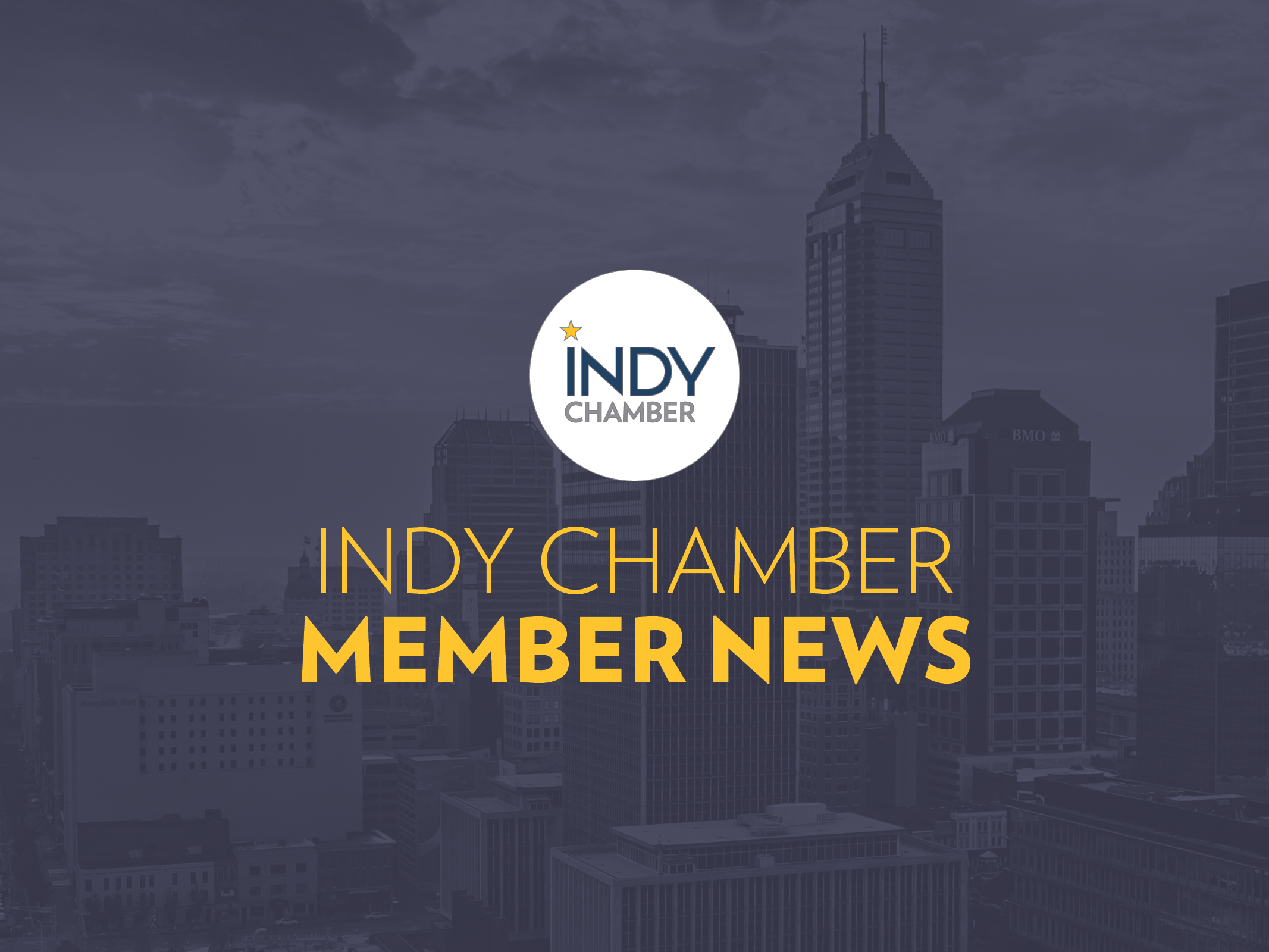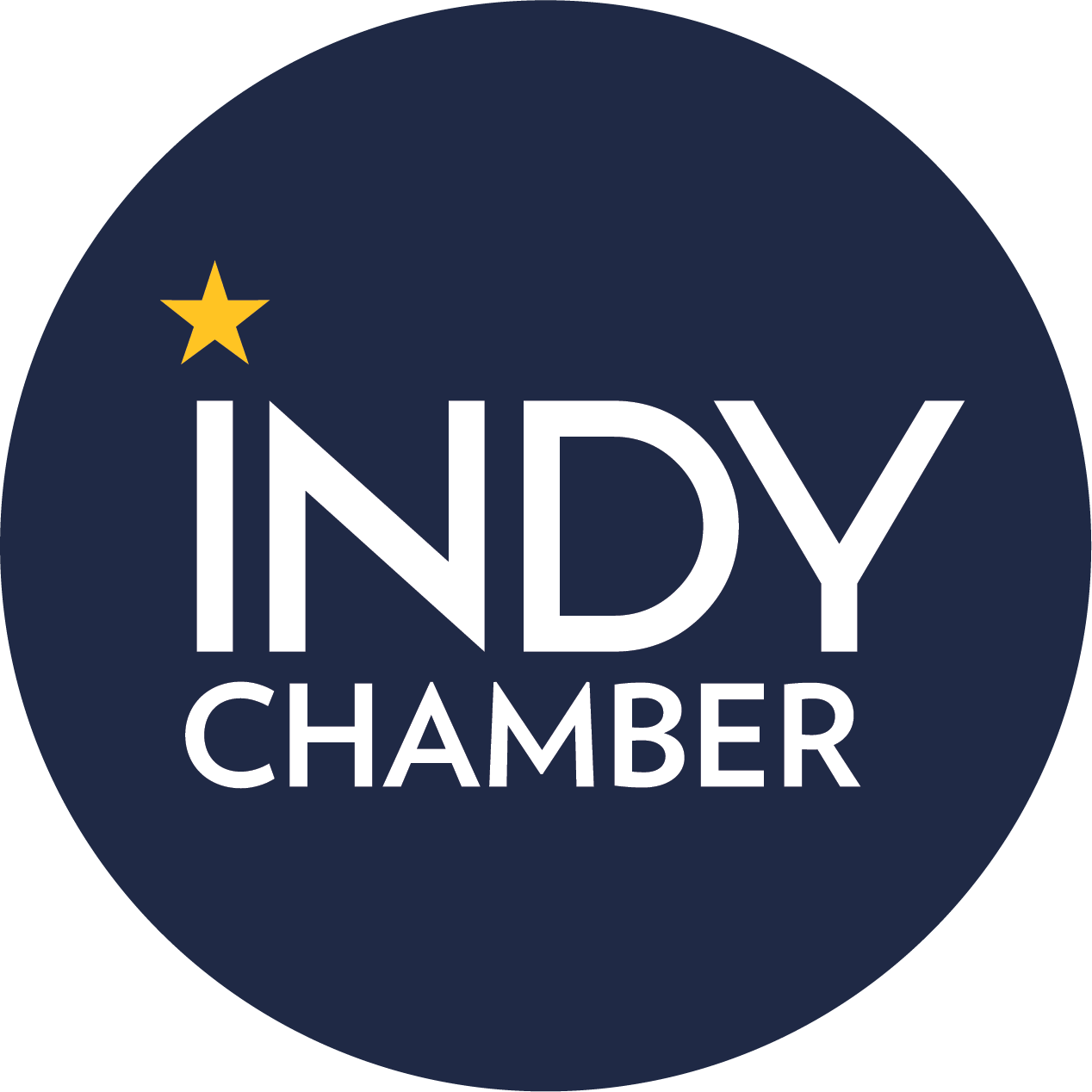
Filter By:
- All
- Accelerate Indy
- Advocacy & Legislative Affairs
- BEI
- Bias Crimes
- CIWBC Success Stories
- Core Values
- Develop Indy Success Stories
- Economic Development
- Entrepreneur Services
- Events
- Global Indy
- I Am Indy Chamber
- Indianapolis Economic Development
- Indy Chamber Blog
- Indy Chamber News
- Member News
- Membership
- News
- Omblogsman
- Public Policy
- Regional Economic Development
- User Submitted
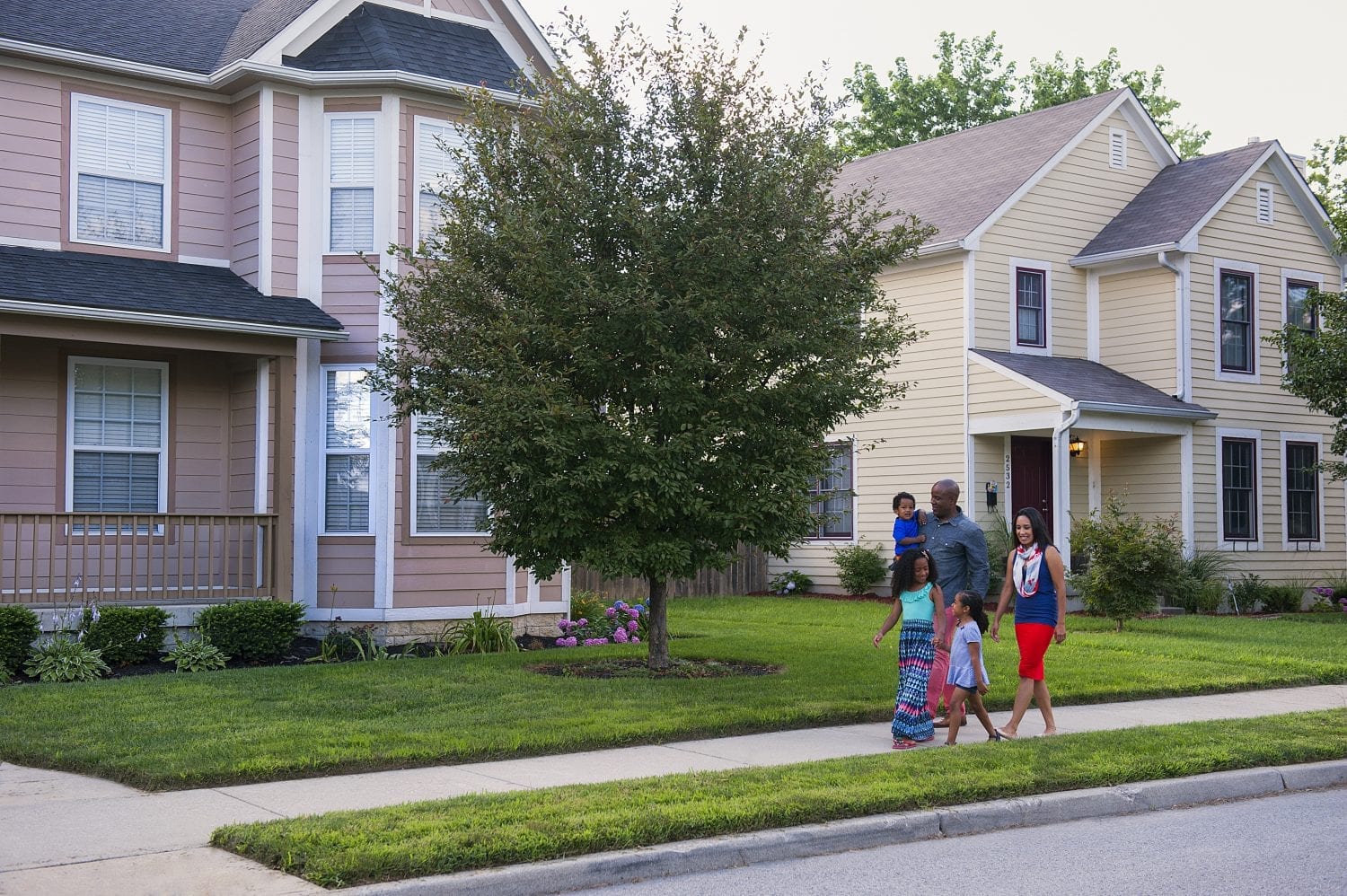
Your Role in Inclusive Growth
The following is an article in Omblogsman, a blog series by Jim Rawlinson, Regulatory and Permitting Ombudsman at Develop Indy, a business unit of the Indy Chamber. Hello readers! Friendly... read more
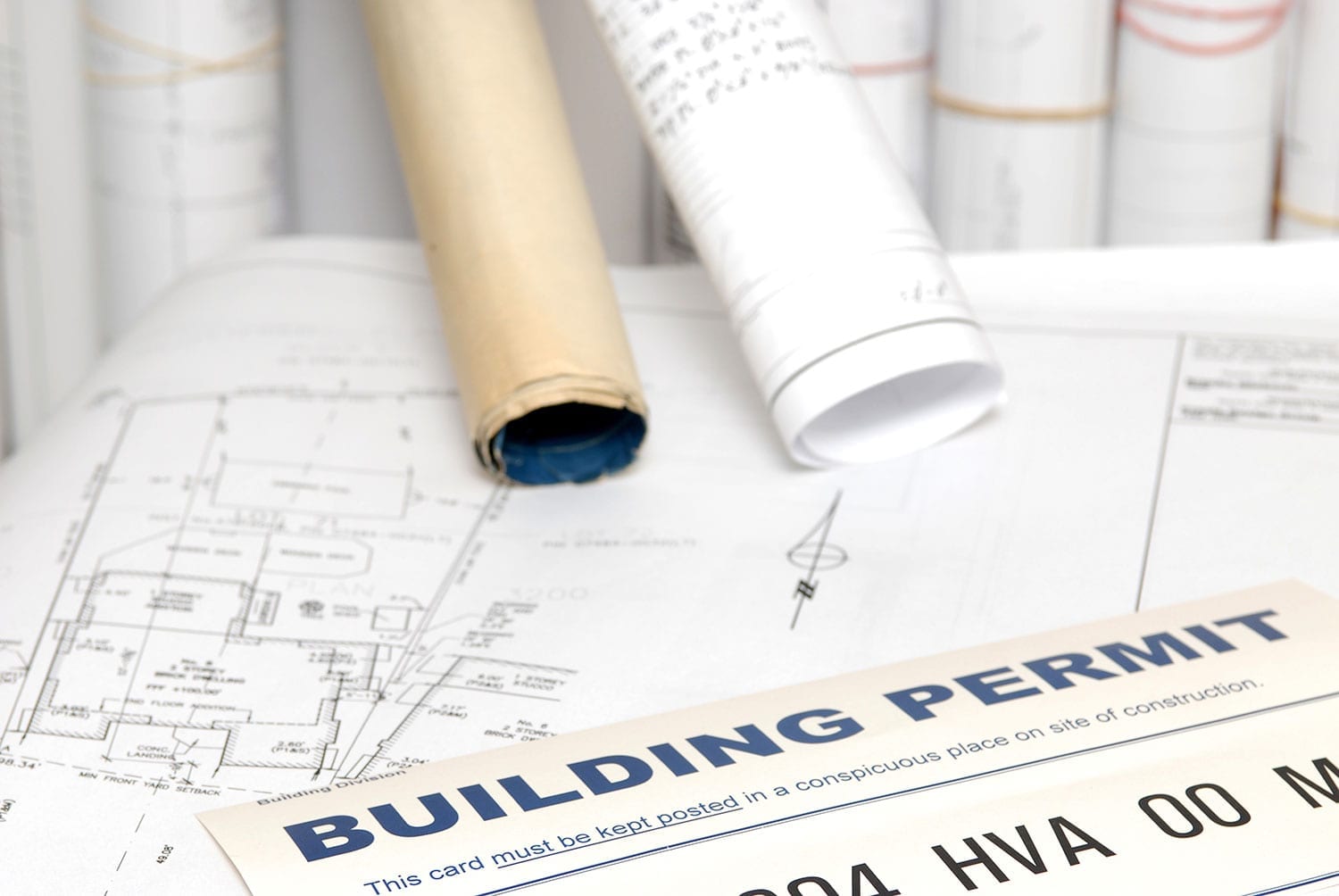
Permitting Pro Tips
The following is an article in Omblogsman, a blog series by Jim Rawlinson, Regulatory and Permitting Ombudsman at Develop Indy, a business unit of the Indy Chamber. Friendly neighborhood Ombuds-man here!... read more
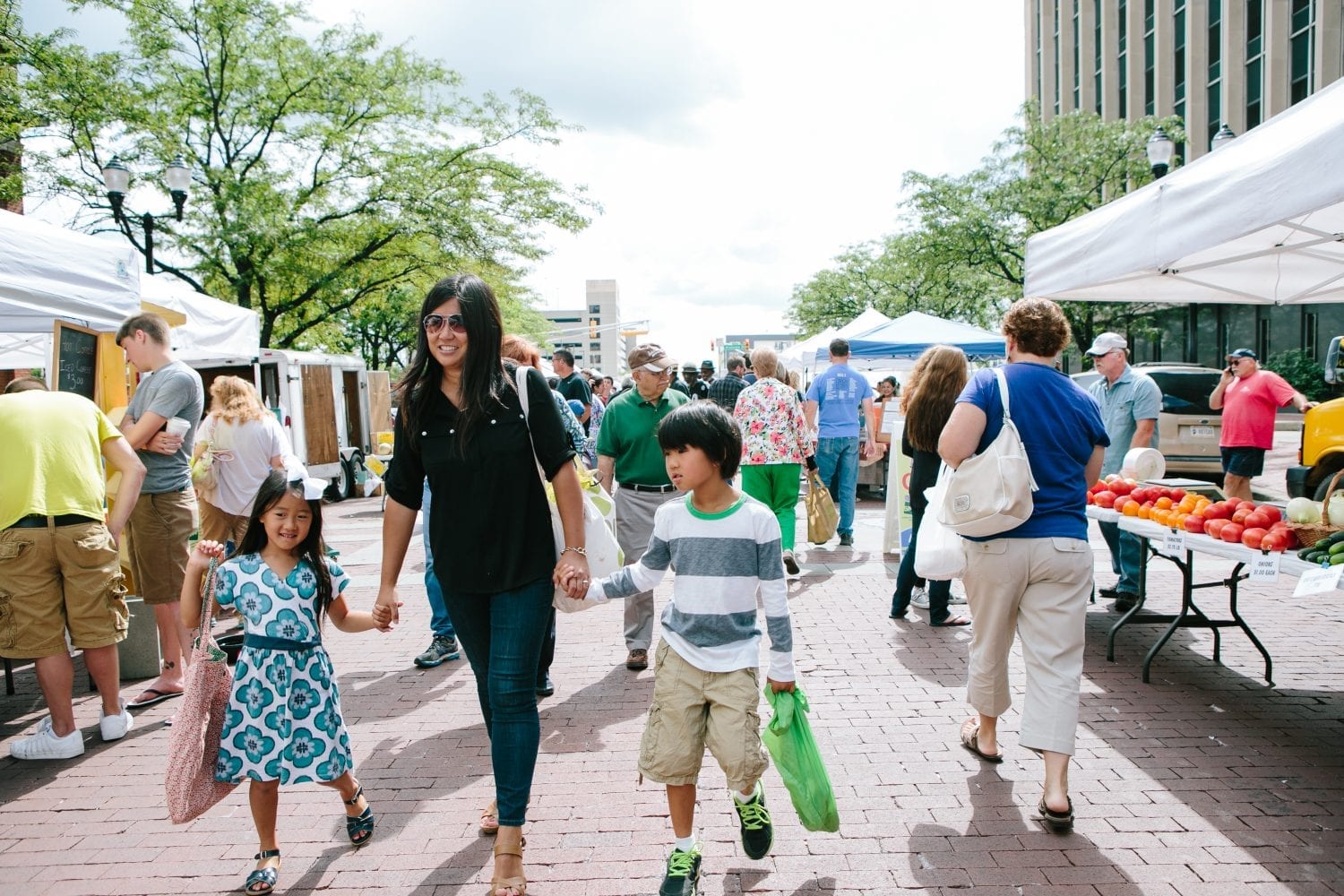
How the City of Indianapolis is Focusing on Service
The following is an article in Omblogsman, a blog series by Jim Rawlinson, Regulatory and Permitting Ombudsman at Develop Indy, a business unit of the Indy Chamber. Hello readers! Friendly... read more

An Insider’s Look at Zoning and Permitting in Indianapolis
The following is an article in Omblogsman, a blog series by Jim Rawlinson, Regulatory and Permitting Ombudsman at Develop Indy, a business unit of the Indy Chamber. Friendly neighborhood Ombudsman... read more

Join Our Newsletter
Get updates to your inbox with the latest news and updates from Indy Chamber.
Copyright © 2024 Indy Chamber | All Rights Reserved | Web Design by Kicks Digital Marketing
Membership
Resources
Company
Get Involved
Quick Connect Links
General Inquiries
Indy Partnership
Develop Indy
Advocacy
Business Ownership Initiative

